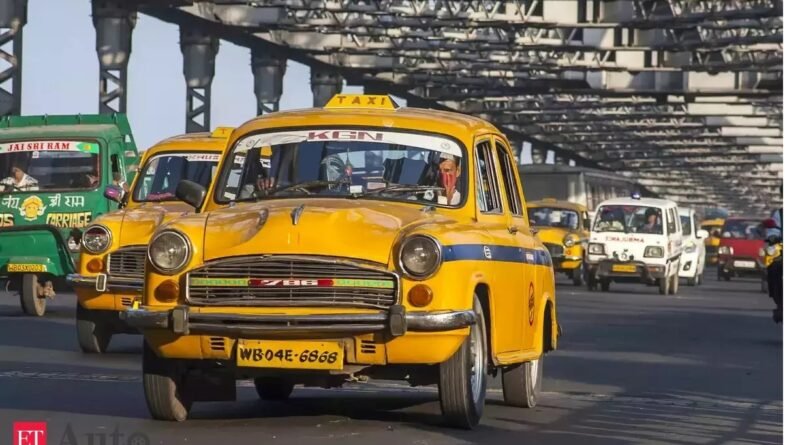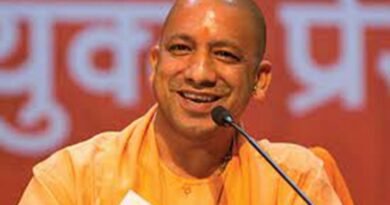Kolkata’s iconic yellow cabs may get fresh life in green avatar
Kolkata March 21 dmanewsdesk: The city’s iconic yellow taxis may get a fresh lease of life, even beyond their 15-year scrap limit, with the state government drawing up plans to facilitate their conversion to electric vehicles.
“Kolkata’s iconic yellow cabs may live much longer with an EV engine,” said state power secretary S Suresh Kumar at an EV ecosystem workshop organised by the Bengal Chamber (BCC&I) and UK Government. “With the upcoming scrapping policy of the state, such retrofitting of vehicles will assume significance,” he added.
The workshop was organised under the Accelerating Smart Power and Renewable Energy in India (ASPIRE) programme, implemented by the
governments of UK and India.
Kumar, the architect of the state’s EV policy, said the government was trying to develop a “complete EV ecosystem”, in which a lot of possibilities could be explored, including developing smarter EVs, unique retrofitting of EVs, best practices and financing commercial models that could be applicable to India’s EV market.
“We want EV companies to set up their establishments throughout Bengal to develop such an ecosystem,” he added.
Once ubiquitous, only about 7,000 yellow taxis remain on-road after pandemic. Another 2,500 – all of them D and E series Ambassadors – will be phased out by 2025, taking the count below 5,000, operators said, welcoming the government’s green initiative.
Taxi operators have welcomed the announcement of facilitating a changeover to EVs to bypass the 15-year-old vehicle scrap policy.
“It is very good news if we can retrofit diesel cabs with EV engines,” said Bengal Taxi Association joint secretary Sanjib Roy.
“However, the cost of such retrofitting would be a major issue. If the cost is too high, most cab operators will prefer to scrap
their vehicle,” he added.
The Ambassador taxi was modelled on Britain’s 1956 Morris Oxford Series III. It was first produced at the Hindustan Motors unit in ttarpara in 1957. The unit was closed in 2014. Initially, the taxis were available in two variants: black-and-yellow vehicles, which operated within the city’s boundaries, and the all-yellow ones, which were used for inter-city travel. Gradually, the number of black-and-yellow taxis dwindled until only the yellow cabs were left.
App cabs had already overtaken the yellow cab fleet five years ago, when the registered yellow taxi fleet had come down to fewer than 22,000. The number decreased further in these five years due to the phasing out of Ambassadors. Pre-pandemic Kolkata had 18,000 metered yellow cabs but the lockdown and transport-related restrictions made thousands of cabbies quit the business. Several other cabs had to be scrapped as they crossed the 15-year lifespan.
At the workshop, Kumar also spoke about variable charging tariffs – Rs 5 during off-peak hours and Rs 6 per kiloWatt hour (kWh) during peak hours – to discourage charging during peak hours to reduce stress on power transmitters.
He had earlier said that the state had 200-odd EV charging stations across the city. “We will shortly relaunch an app called ‘EVBandhu’,” he said
By: Krishnendu Bandyopadhyay
Source: The Times of india




